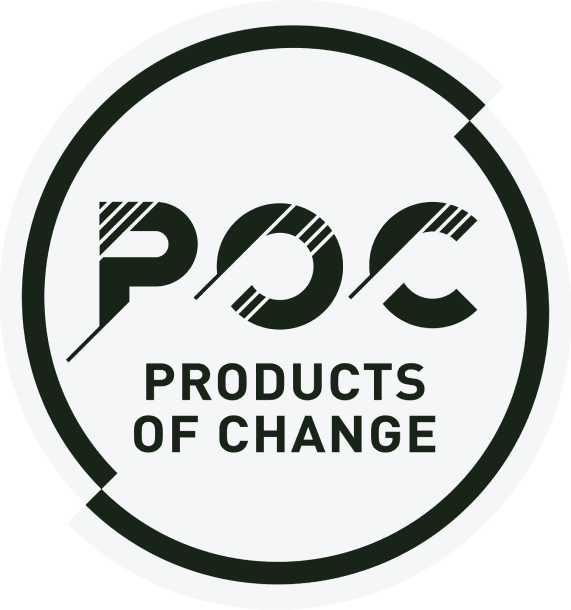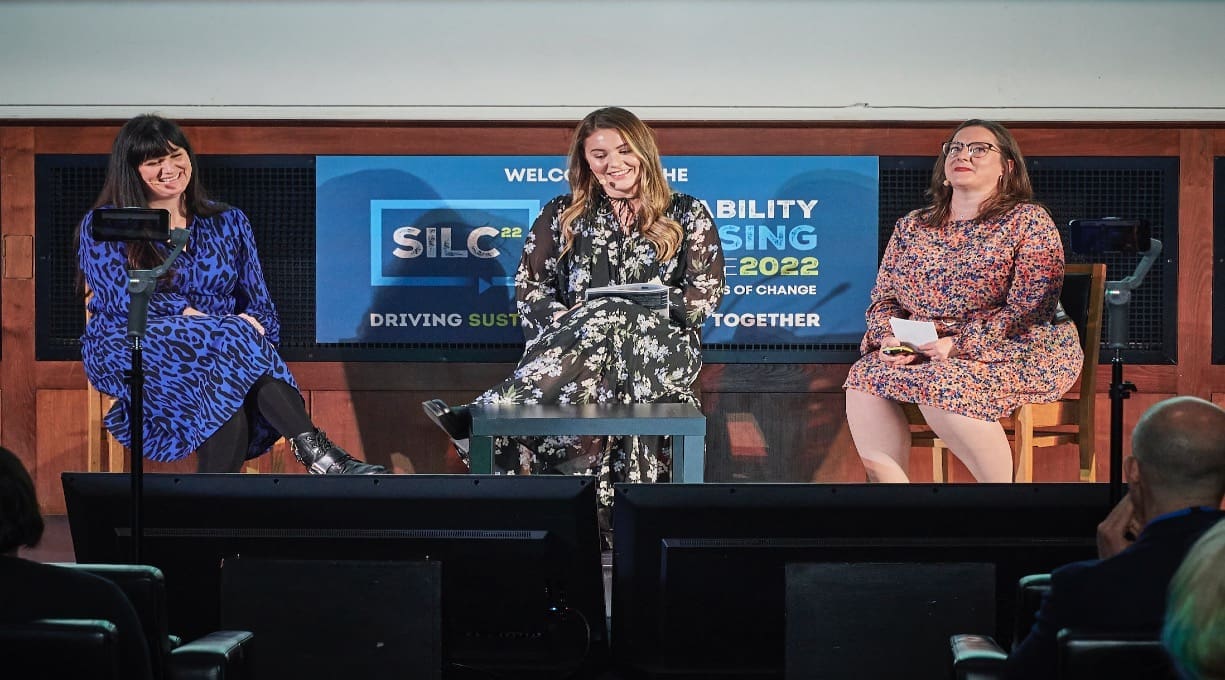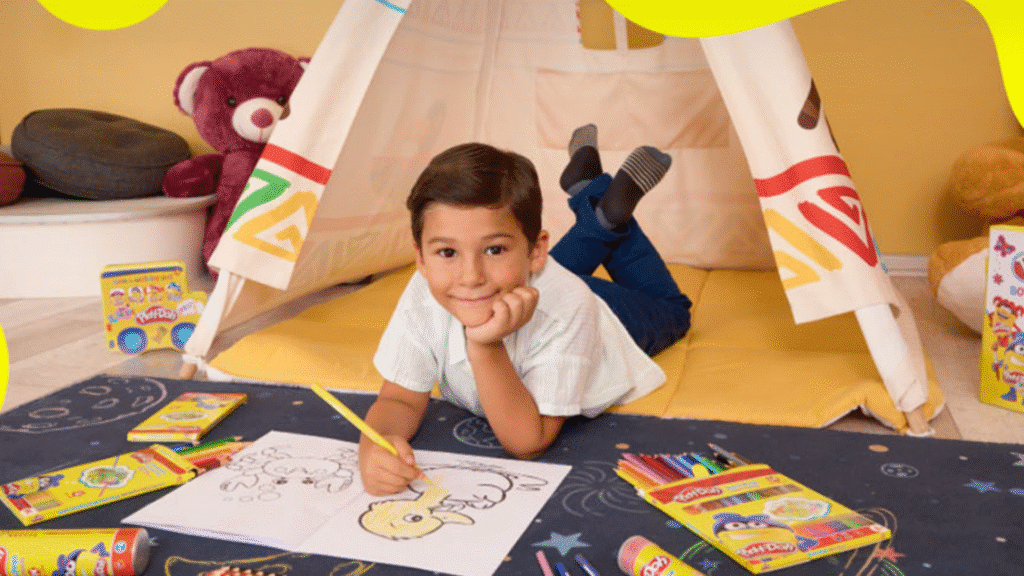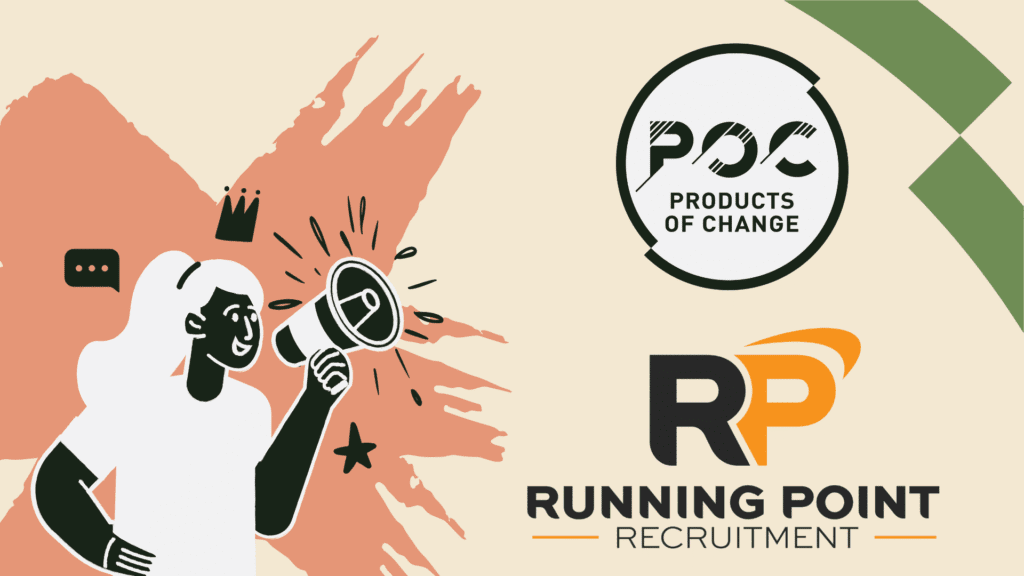Take a look at the waste management hierarchy and you’ll always find ‘reduce’ somewhere near the top. Some models have begun to allow ‘refuse’ to creep in and usurp it, but when it comes down to it – isn’t that just a matter of semantics?
Waste reduction (or prevention) is the preferred approach to waste management because waste that never gets created in the first place doesn’t have those waste management costs. To neither the management systems in place nor the environment.
An example of waste reduction in action across the global brand licensing and consumer products space right now is the rampant pleasure with which progressive businesses are stripping the unnecessary packaging from our manufactured products. In fact, packaging has been a key target for the Products of Change community for the last few years – and we’ve some wonderfully encouraging and exciting stories to share of sustainable development across the sector because of it.

However, before we jump into the topic of packaging our Framework Filtered series of articles needs to tackle another high-impact but too often overlooked area of the brand licensing and consumer products business – product samples.
Product samples alone have a large environmental impact: from the carbon used in shipping and material waste within the factory, to how they are disposed of when finished. This impact is increased significantly when multiple samples of one product are produced.
We need to remember the one crucial equation in all of this: Waste = Cost.
Just like every action has an equal and opposite reaction, we see that, in this case, over production on your samples is going to have a negative impact on your finances. It’s money quite literally being thrown into landfill. Waste has value and there are a multitude of efficiencies and cost savings that could be achieved here, in the world of product samples alone.
There are, however, numerous high street and home-brand names and retailers taking major steps to reduce their sampling. At the Sustainability in Licensing Conference last year, the team from George at Asda took to the stage to share the retailer’s adoption of 3D design and sample processes in an effort to reduce both lead time on bringing product to life and reducing waste and its carbon footprint.
WATCH: George at ASDA talks 3D digital sampling
“Fashion accounts for 10% of the world’s greenhouse gas emissions and around 53 million metric tonnes of discarded clothing each year,” begins Jessica Brown, a lead designer on the George at Asda team. “And it’s up to us to do something about it.”
It was during lockdown at the height of the covid pandemic that the George team adopted digital sampling, using the 3D design software Browzer to produce a 3D render (a realistic image of a prototype) upon which to start building their 3D, digital samples.

Prior to its adoption, the sampling process would take no fewer than 52 weeks, with multiple buying samples, fit samples, and strike offs submitted – all with the high probability of being rejected – before any final submission was approved. With some samples costing as much as £400 each, it was a process that came with substantial costs – financially and environmentally.
Contrast this with the 12 week lead time the George team is now working with using 3D digital sampling technology and the numerous points within the cycle at which waste has simply been prevented – and the reduction of impact has been substantial.
“If we can stop having samples in our home offices for one whole year – every point of impact reduction that would entail, from freight emissions to production emissions would be the equivalent energy to melt a terraced house worth of arctic ice,” says Jade Snart, senior sustainability business manager at Asda.
“There are real benefits in using 3D tech for the environment.”
By applying the Products of Change Industry Framework for Sustainable Development, retailers, licensing partners, and manufacturers can uncover the many ways in which waste can be designed out of our every-day operations, saving time and money in the process.
USING THE FRAMEWORK
It’s true that one third of George at ASDA’s suppliers are already invested in 3D software for sampling. And, with Asda having set some very high goals for its SS23 collections that include increasing 3D sampling to 59% of its range and 3D fitting to 59% of its offering, partners can be confident this is a key route for impact reduction for Asda to continue to pursue. So, where does that leave you?
Let’s look at some short-, mid-, and long-term goals you and your business can be setting to get on this same journey of reducing those samples and heading towards better sustainable practices across the business and supply chain.
Applying the timeline for transition from the previous article, here, let’s look at:
Short Term
- Can you move to 50% digital approvals?
- Can you reduce the number of samples (products and packaging) required? This, in turn, will reduce shipping globally across designs, materials, prototypes, products, and marketing materials.
- This would unlock funds to invest in more sustainable initiatives.
- Can you rewrite the ‘end of life’ clause within your contract to request products after their sell-off period be given to charity or sold on to someone else to benefit the local community? Could they be disassembled for reuse?
Mid Term
- Can you move to 80% digital approvals?
- Can you reduce the number of samples down to just one final sample for legal purposes?
- Can you require that products be made from materials that can go through the curb-side recycling infrastructure when at the end of their life?
- Can you reduce the amount of ‘left over’ stock, reduce overproduction, and invest in technology which will enable you to track this to be more efficient?
- Can you then review opt-in/opt-out clauses in relation to unsellable products?
Long Term
- Can you implement a Zero Waste policy across your partnership base from manufacturing, product sampling, and consumer?
- Can you invest in a fully digital approvals system?
- Can you purchase software that enables you to understand the true impact of what is being produced?
- Could these products be re-sold? Redistributed? Can you invest in building these systems with your partners across industry?
- Can you build systems to give full transparency of the impact of what is being produced through the approvals process?
Using the Products of Change Industry Framework
The Products of Change Industry Framework has been billed as a “game-changing” resource developed by the industry for the industry offering a step-by-step guide to transitioning the $340bn global licensing industry towards a more sustainable and positive future.
“This framework will be a great resource for any company, no matter where they are on their sustainability journey,” said Danilo’s Claire Bates. “The creation of useful resources such as this will also help Products of Change continue its great work of educating and driving sustainable change.”
The Industry Framework is available to download here.
The Framework has been launched to be used in tandem with the educational content Products of Change provides through the Education portal as well as its library of content across On Demand video and podcasts.
Products of Change members, make use of the resources available to you via the Members Hub and remember to share your progress with the POC community as you take on the journey of sustainable development.





